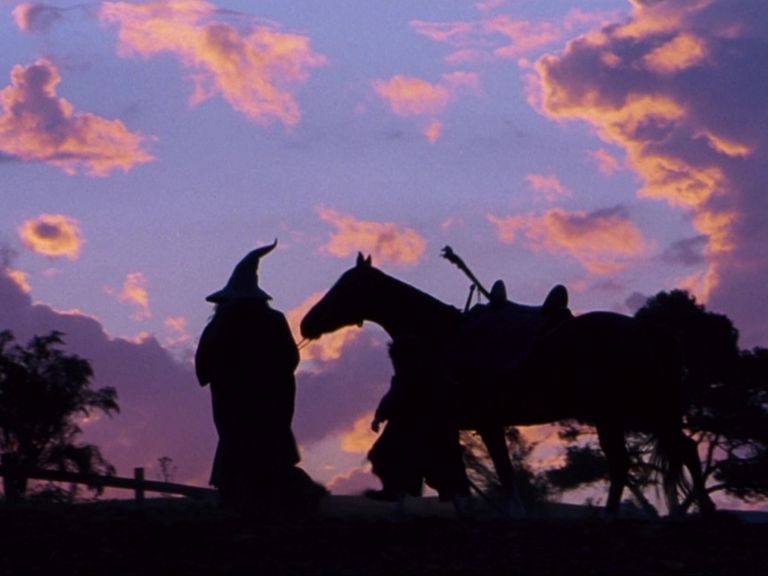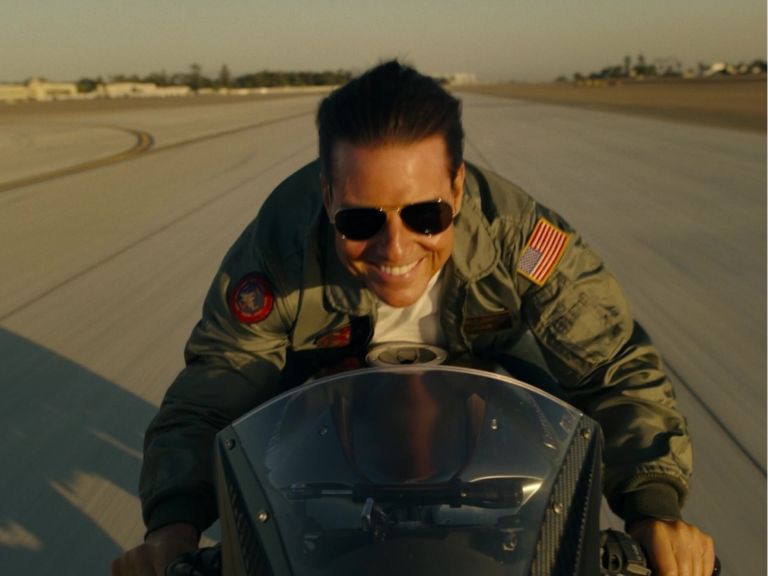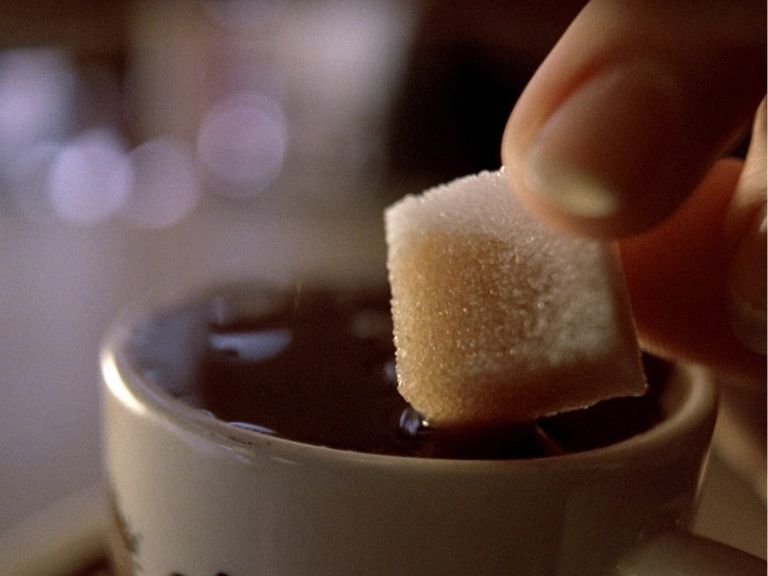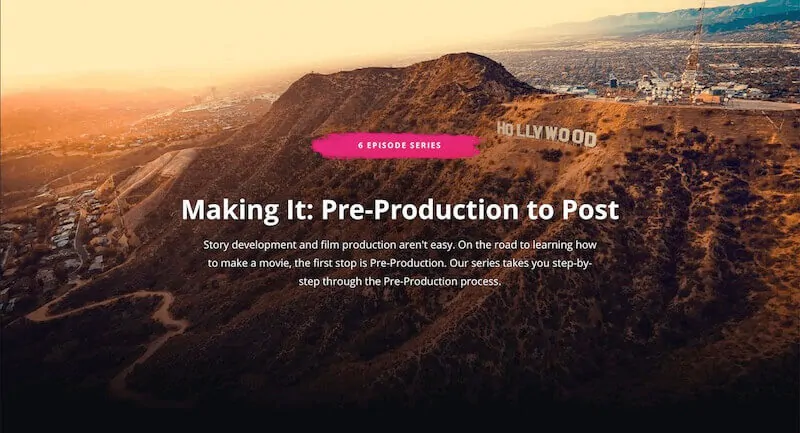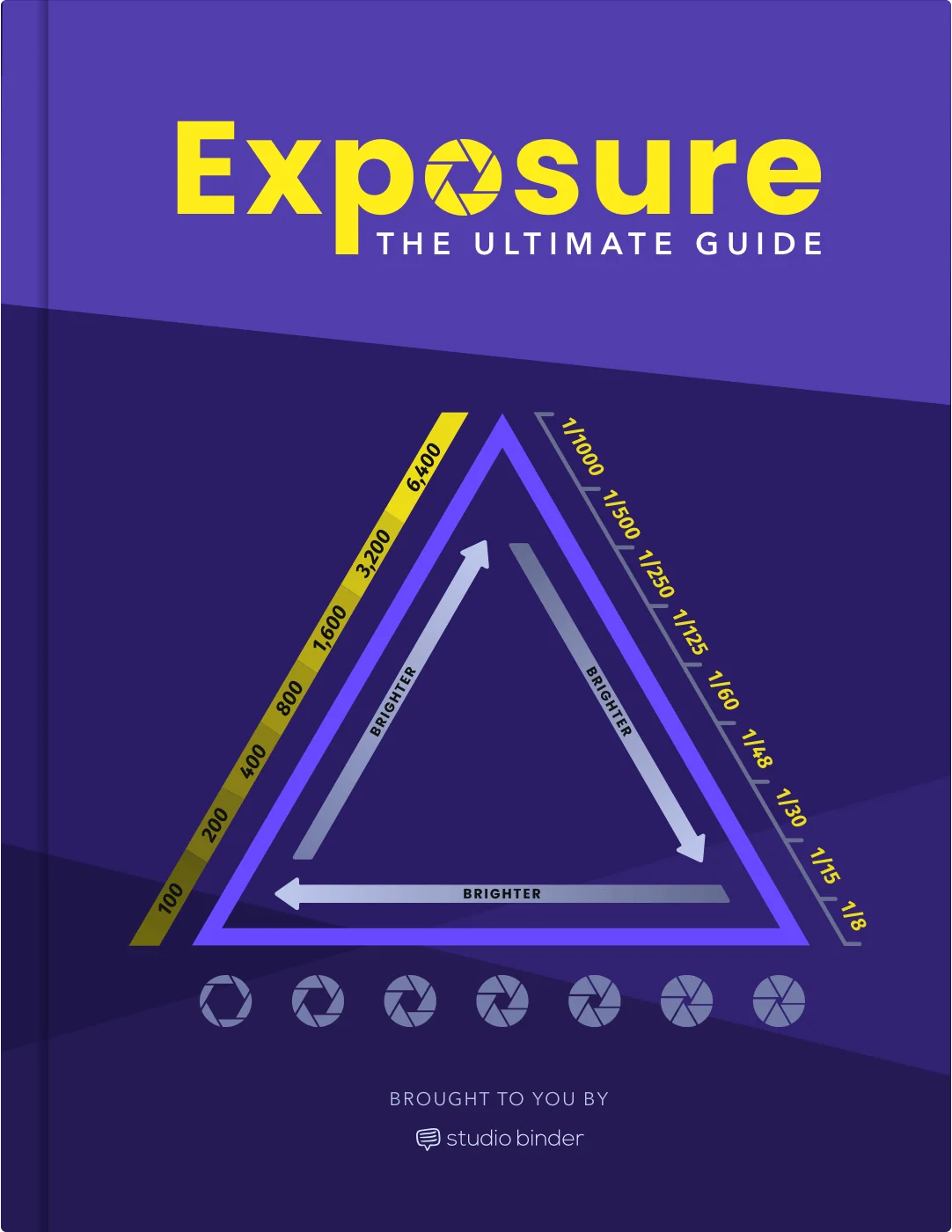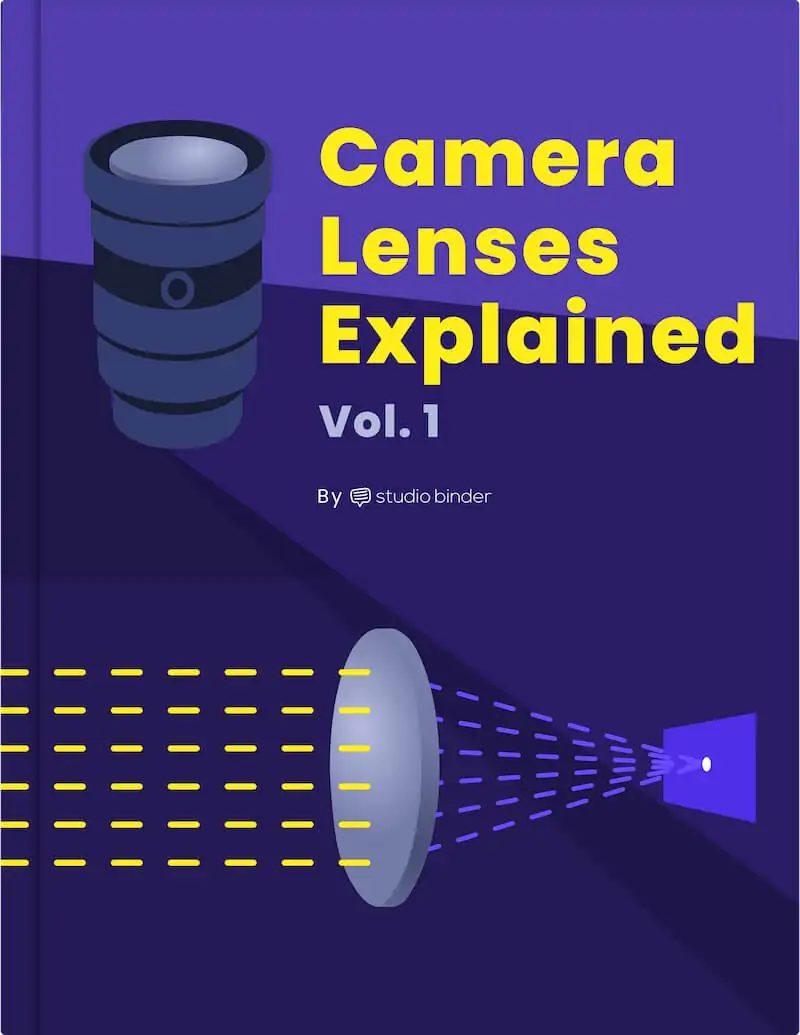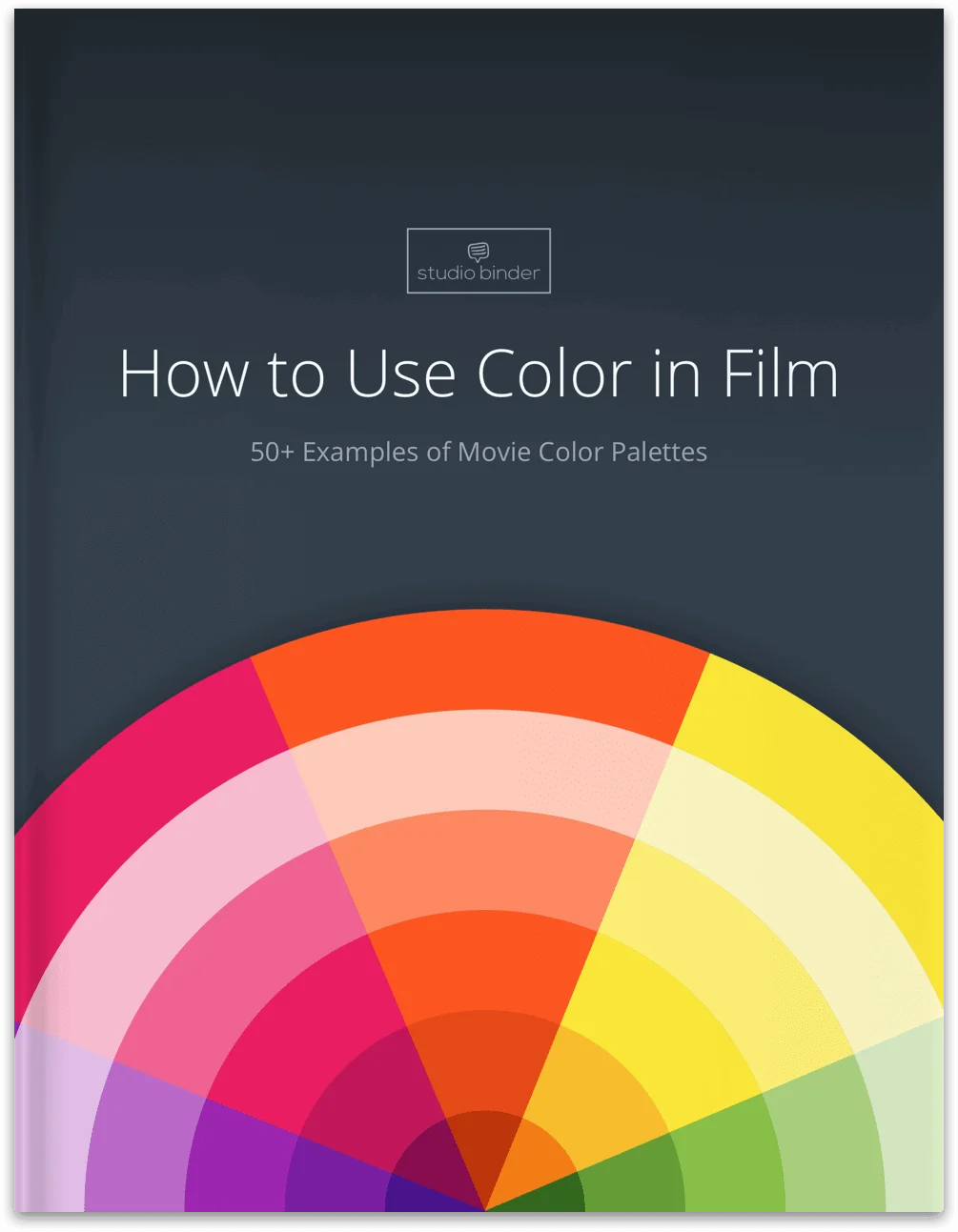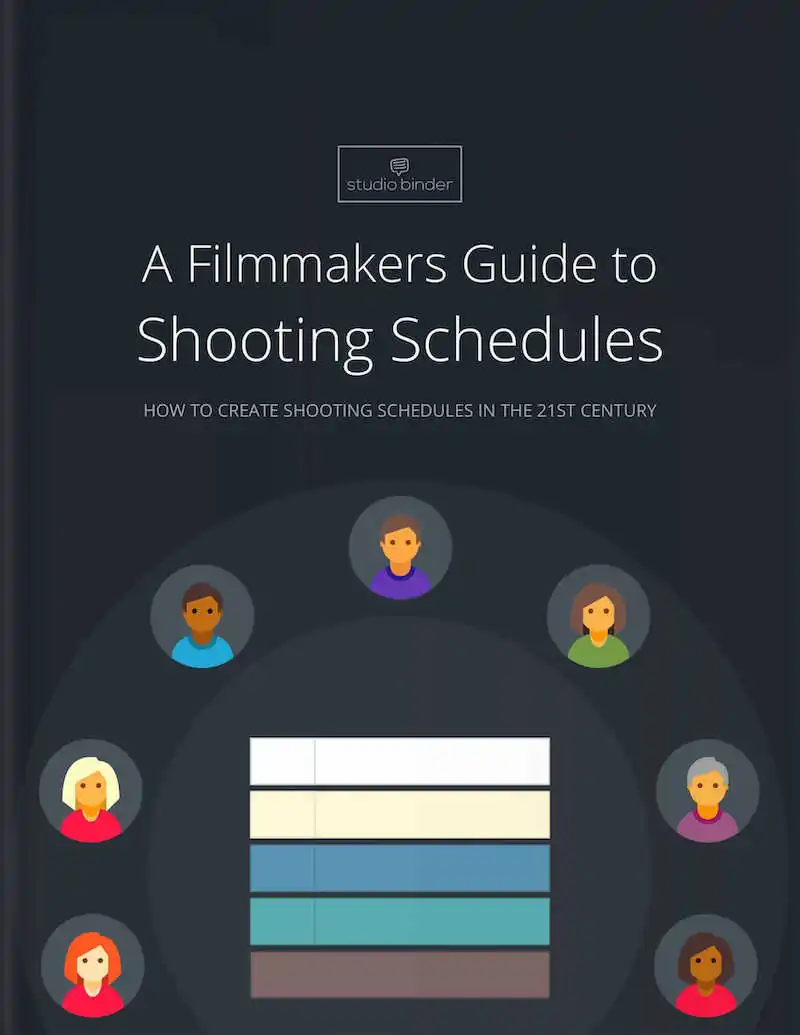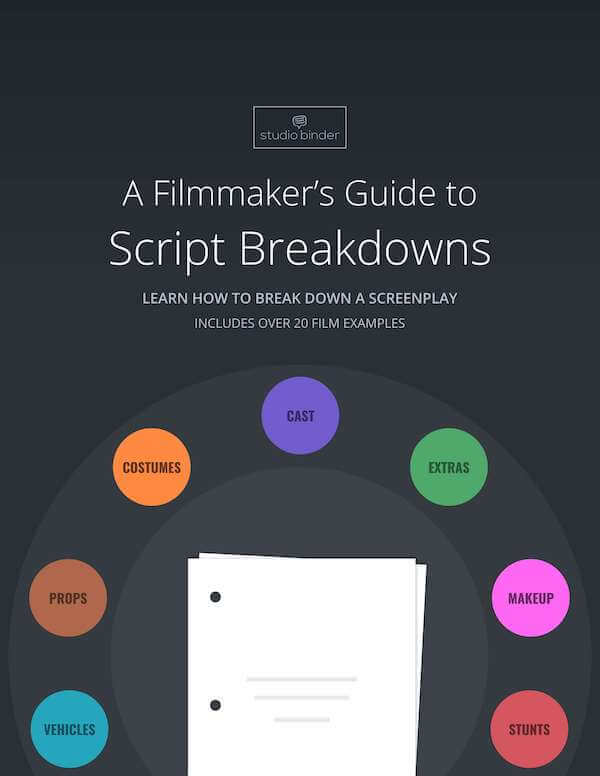home → Camera Angles → High Angle ShotSearch for:Search Button— The —High Angle ShotEverything you need to know about the high angle shot in film, including the definition, the best examples, and how to use it.VideoExamplesArticleHigh Angle Shot DefinitionWhat is a high angle shot?A high angle shot is when the camera looks down on the character or subject from an elevated perspective. This can range from just slightly above the subject to nearly overhead. If the camera is directly overhead, looking straight down, this is typically referred to as an overhead shot.For more, read our full breakdown of the high angle shot,…
home → Camera Angles → Low Angle ShotSearch for:Search Button— The —Low Angle ShotGet to know the low angle shot by diving into its definition, iconic examples, and numerous uses.VideoExamplesArticleLow Angle Shot Definition DefinitionWhat is a low angle shot?A low angle shot is a camera angle where the camera is positioned below the subject, looking up. This perspective often makes the subject appear larger, more powerful, or intimidating. A low angle shot can be just slightly below a subject, or it can be shooting nearly directly upward at them.For more this approach, you can read our dissection of the low angle shot, which…
home → Shot Size → Extreme Wide ShotSearch for:Search Button— The —Extreme Wide ShotEverything you need to know about the extreme wide shot in film, including the definition, the best examples, and how to use it.VideoExamplesArticleExtreme Wide Shot DefinitionWhat is an extreme long shot?An extreme long shot (or also commonly called an extreme wide shot) frames the subject as a very small portion of the frame, engulfed on all sides by the environment they're in. Extreme long shots and extreme wide shots give a sense of scale, usually to emphasize how small a character is compared to their surroundings.For more, read our…
home → Shot Size → Wide ShotSearch for:Search Button— The —Wide ShotEverything you need to know about the wide shot in film, including the definition, the best examples, and how to use it.VideoExamplesArticleWide Shot DefinitionWhat is a wide shot (aka long shot)?A wide shot (also known as a long shot) is when the subject's entire body is captured in the shot, with a good deal of background visible around them on all sides. It is one of the most common shot sizes, particularly useful in moments when a comparison or a relationship is desired between the character and their surroundings.For more, read…
home → Shot Size → Full ShotSearch for:Search Button— The —Full ShotEverything you need to know about the full shot in film, including the definition, the best examples, and how to use it.VideoExamplesArticleFull Shot DefinitionWhat is a full shot?A full shot is when the camera capture the entirety of the subject's body, from head to toe. This is sometimes also a wide shot and while there is some overlap, they have their own characteristics. For more, read our full breakdown of the full shot, including examples that illustrate the shot size's various functions.Before we dive in the full shot and everything it can…
home → Shot Size → Medium Full ShotSearch for:Search Button— The —Medium Full ShotEverything you need to know about the medium full shot in film, including the definition, the best examples, and how to use it.VideoExamplesArticleMedium Full Shot DefinitionWhat is a medium full shot?A medium full shot is when the camera frames the subject from the knees up. It splits the difference between a full shot (head to toe) and a medium shot (from the waist up). It's also very similar to the "cowboy shot," which is a slightly tighter framing that ends just below the belt buckle — named for those…
home → Shot Size → Medium ShotSearch for:Search Button— The —Medium ShotEverything you need to know about the medium shot in film, including the definition, the best examples, and how to use it.VideoExamplesArticleMedium Shot DefinitionWhat is a medium shot in film?A medium shot frames the subject from the top of the head down to the waist. It is one of the most commonly used shots in film because it is considered a more "neutral" shot. In other words, it is almost a default shot for characters that can work in most scenes. Wider and longer shots are too distant and detached, and…
home → Shot Size → Close Up ShotSearch for:Search Button— The —Close Up ShotEverything you need to know about the close up shot in film, including the definition, the best examples, and how to use them.VideoExamplesArticleClose up shot DefinitionWhat is a close up shot in film?A close up shot is when the camera frames the subject's full face and head. The bottom of the frame will near the bottom of the neck with the top of the frame just above the head. As we will see, there is a specific difference between an extreme close up, a close up, and a medium…
home → Shot Size → Medium Close Up ShotSearch for:Search Button— The —Medium Close UpEverything you need to know about the medium close up shot in film, including the definition, the best examples, and how to use it.VideoExamplesArticleMedium Close Up DefinitionWhat is a medium close up shot?A medium close up shot is when the camera frames the subject from the chest up to above the head. It is tighter than a medium shot but not quite as tight as a close up. This middle ground becomes a happy medium when you want that bit of nuance. The medium close up shot is…
home → Shot Size → Extreme Close Up ShotSearch for:Search Button— The —Extreme Close Up ShotEverything you need to know about the extreme close up shot in film, including the definition, the best examples, and how to use them.VideoExamplesArticleExtreme Close Up DefinitionWhat is an extreme close up shot?An extreme close up shot focuses on a specific area of a character's body/face. Whereas a close up will capture the entire head with some room to spare, an extreme close up shot focuses on a specific area. For example, a shot that only shares a character's eyes or mouth. This type of framing can…

